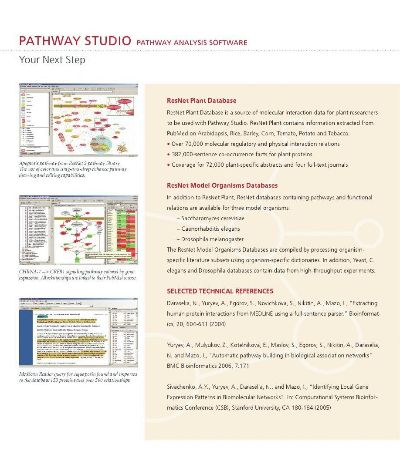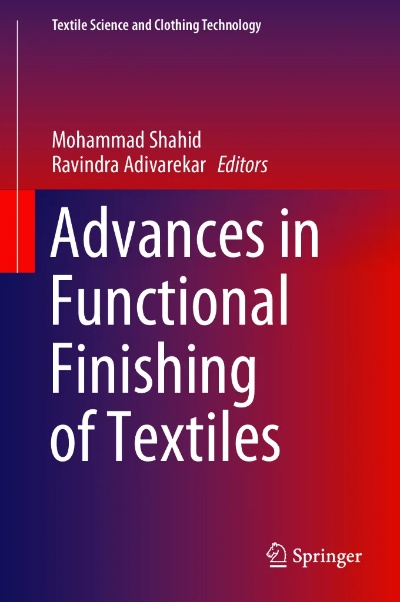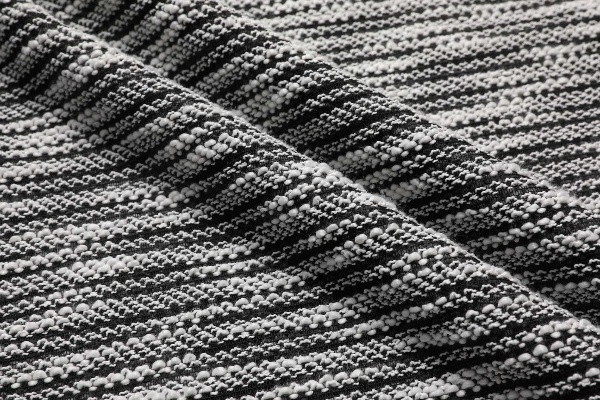A Comprehensive Guide to Textile Inspection and Analysis
This comprehensive guide to textile inspection and analysis provides a thorough overview of the various techniques and methods used in the industry for evaluating and analyzing fabrics. The guide covers topics such as colorfastness testing, dimensional stability, and tear resistance, among others. It also includes information on how to interpret test results and make informed decisions about the quality of a fabric. Additionally, the guide offers practical tips for conducting effective inspections and analyses, including sample preparation and data interpretation. Overall, this guide is an essential resource for anyone involved in the textile industry, providing valuable insights into the complexities of fabric evaluation and analysis.
Introduction Textiles, whether made of natural fibers like cotton or synthetic materials like polyester, are an integral part of our daily lives. From clothing and household items to industrial fabrics, their quality directly impacts the functionality, durability, and comfort of products. In this video, we will explore various techniques for textile identification and analysis, including physical examination, chemical testing, and digital imaging methods. By the end of this guide, you will be equipped with the knowledge necessary to identify and assess the quality and authenticity of your favorite textiles.
Part 1: Physical Examination
-
Material Composition:
- Natural Fibers: Look for patterns in the fabric such as warps and wefts, check for color consistency and uniformity, feel for softness and texture.
- Synthetic Fibers: Check for smoothness, strength, and flexibility of the material.
-
Structure and Weave:

- Pattern: Determine the type of weave (warp-weft, twill, etc.) and the pattern repeat.
- Texture: Observe the surface pattern and density of the threads.
-
Color and Pattern:
- Color Consistency: Check for any discoloration, fading, or stains.
- Pattern Match: Ensure that the pattern matches the label or description provided.
-
Quality and Durability:
- Weave Strength: Feel for the fabric's resistance to pulling or tearing.
- Durability: Test for water and stain resistance, as well as wear and tear resistance.
Part 2: Chemical Testing
-
pH Testing:
Use a pH strip to test the fabric's acidity or alkalinity. Natural fibers tend to have neutral pH levels, while synthetic fibers may have different characteristics.
-
Solubility Testing:
Soak the fabric in a solvent (like water or alcohol) to see if it dissolves or remains intact. This can help determine the type of fiber used.
-
Burn Test:
Light a small flame on the fabric to observe the burning behavior. Natural fibers burn quickly and easily, while synthetic fibers may show signs of melting or charring.
-
Stabilization Test:
Test for the presence of chemicals that stabilize the fibers, which can affect the fabric's performance and appearance over time.
Part 3: Digital Imaging
-
Image Recognition Software:
Use software to analyze images of the fabric, identifying patterns, colors, and other features. This can help confirm the type of fiber used and its quality.
-
3D Modeling:
Analyze 3D scans or models of the fabric to get a more accurate understanding of its structure and composition.
Case Study: The Importance of Textile Inspection
Imagine you are buying a new shirt online from an unknown seller. You receive the package and find that the shirt has a noticeable difference in color compared to the picture on the website. You decide to inspect the fabric yourself by following the steps outlined in the video.
Using the chemical testing method, you test the fabric's pH level and observe the burning behavior. You also use image recognition software to compare the actual product with the website's description. By doing so, you can confidently determine if the shirt is of high quality and meets your expectations.
Conclusion Textile inspection and analysis are essential tools for ensuring the quality and authenticity of textiles. By following the steps outlined in this video, you can conduct thorough inspections and make informed decisions about the products you buy. Remember, when in doubt, trust your instincts and seek out professional assistance if needed.

【开场白】
(视频开始,展示各种纺织品样品,随后转为英文)
视频开头:
大家好,今天我们将通过一个纺织品鉴别实验视频来学习如何通过观察和实验来辨别纺织品的质量和真伪,我们将通过一系列的步骤和案例来详细介绍。
【实验步骤】
样品准备
- 展示各种纺织品样品,包括但不限于棉质衣物、丝绸衣物、羊毛制品等。
- 介绍每种样品的特性及其用途。
观察颜色与纹理
- 观察样品的颜色是否鲜艳、均匀。
- 观察样品的纹理是否细腻、有光泽。
- 使用放大镜或显微镜观察纤维的微观结构。
燃烧测试
- 使用火柴或打火机点燃样品,观察燃烧情况。
- 记录样品燃烧后的气味和烟雾。
- 分析燃烧后的残留物,判断是否具有可燃性。
化学分析
- 使用专业化学试剂对样品进行溶解和检测。
- 分析样品中的化学成分,了解其材质和制作工艺。
- 根据化学分析结果,判断样品是否符合纺织品的标准和质量要求。
【案例说明】
棉质衣物鉴别
- 展示各种棉质衣物样品,包括棉T恤、棉裤子等。
- 分析棉质衣物的颜色和纹理,观察其是否均匀、鲜艳。
- 使用燃烧测试法,观察燃烧情况,判断其是否具有可燃性,若燃烧后气味和烟雾正常,残留物无可燃性,则可判断为优质棉质衣物。
丝绸衣物鉴别
- 展示各种丝绸衣物样品,包括丝绸衬衫、丝绸围巾等。
- 分析丝绸衣物的纹理和光泽,观察其是否细腻、有光泽。
- 使用显微镜观察纤维微观结构,了解其材质和制作工艺,若显微镜下的纤维结构清晰、均匀,则可判断为优质丝绸衣物。
【实验结果分析】
根据观察到的样品特性、燃烧测试结果以及化学分析结果,我们可以得出以下结论:
颜色与纹理鉴别
- 对于颜色鲜艳、均匀的纺织品,我们可以判断其材质较好,质量较高。
- 对于纹理细腻、有光泽的纺织品,我们可以判断其制作工艺较好,质量较高。
化学分析结果判断
根据化学分析结果,优质纺织品应符合纺织品的标准和质量要求,如含有适量的化学成分、无可燃性等,若化学分析结果符合标准,则可判断该纺织品为优质纺织品。
通过本次纺织品鉴别实验视频的学习,我们了解了如何通过观察颜色与纹理、燃烧测试以及化学分析等方法来辨别纺织品的质量和真伪,在实际生活中,我们可以通过这些方法对纺织品进行鉴别,选择适合自己的纺织品产品,我们也应该注意选择正规渠道购买纺织品产品,避免购买到劣质或假冒伪劣产品,希望本次视频内容能够帮助大家更好地了解纺织品鉴别方法,提高纺织品的鉴别能力。
Articles related to the knowledge points of this article:
Dreamland Softness:An Exclusive Journey with Dreamland Cotton
Guide to the Best Location for Shanghai Textile Wholesale Market
A Comprehensive Guide to Renowned Ruijin Bokang Home Textiles



